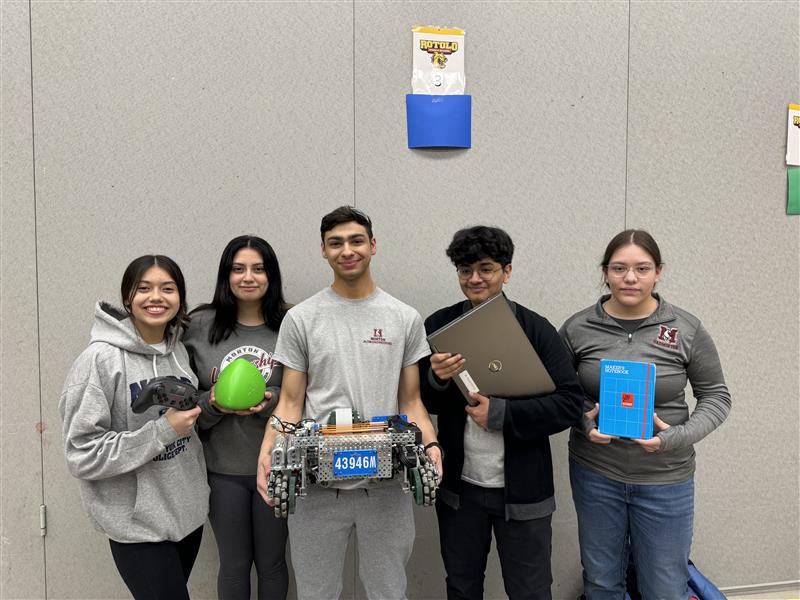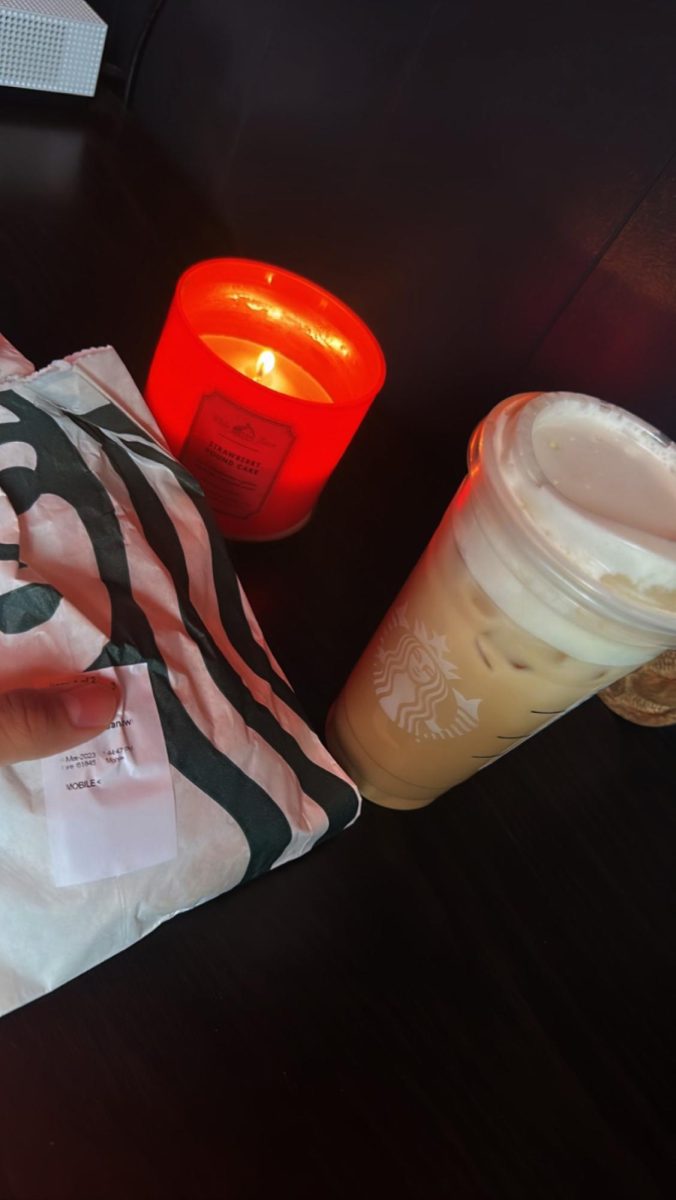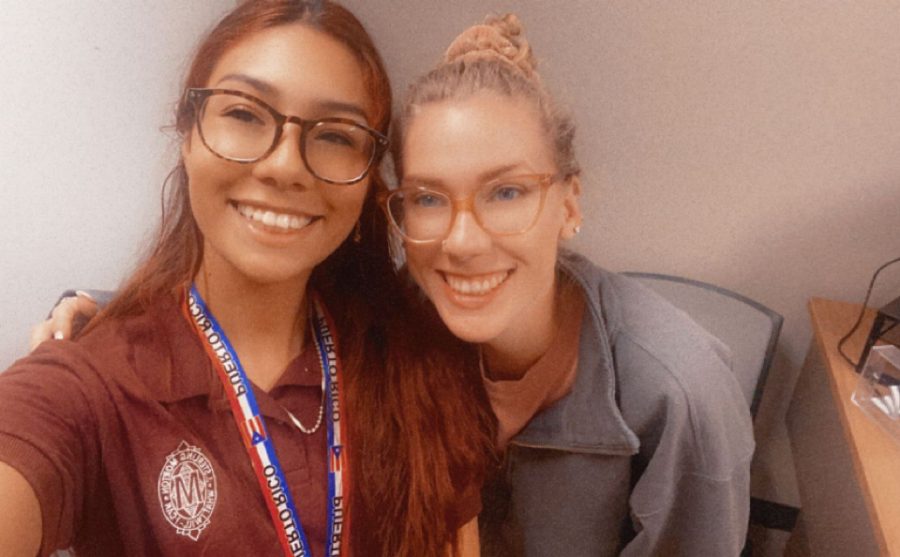People create and base stories on their own experiences, whether it be fiction or non-fiction. Pulitzer Prize winner and journalist Sonia Nazario wrote Enrique’s Journey, a novel based on a true story. The tale recounts the unforgettable quest of a Honduran boy looking for his mother, eleven years after she was forced to leave her family to find work in the U.S. The sad truth, many mothers living in the U.S. could relate to this story, especially those coming from Mexico or Guatemala. After the publishing of the book, Honduras created a museum where artifacts described in the novel can be viewed. Antonio Limas, a Senior at Morton West High School, discovered and explored all the artifacts in the museum when he traveled to Honduras this past summer, and what he found, left him stunned.
In the novel, while braving unimaginable peril, Enrique often clings to the sides and tops of freight trains that will help people escape, traveling on the so-called The Train of Death or “The Beast”, which takes migrants to the other side of the border. Limas stated that “the book was amazing. I definitely would have to say it’s the second most interesting book that I’ve ever read.” Not only does Enrique’s Journey specify determination for something you truly want, but the story also describes the millions of dangers migrants go through while crossing the border. Limas explained how he viewed Honduras’s issues with poverty. What was really sad was the fact that there were people dying or being misled because the coyotes, they don’t finish their work. They’ll tell you to hop on a train and you do and you go so many miles, but once you get off, you don’t see your coyote. Coyotes are people who are hired to help migrants cross the border. Limas stated, “And that’s mostly because Honduras is full of poverty and people like to steal.”
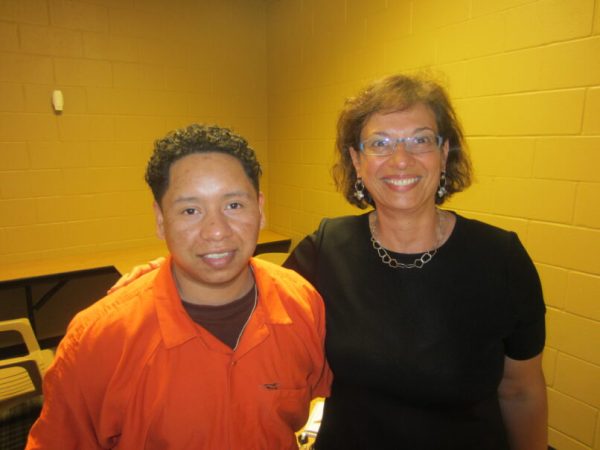
Honduras has a long history of problems due to poverty similar to other countries, which is where they invented “The Train of Death”. The train is specifically used for the transportation of goods, but also where people – like Enrique – were sent by their coyotes to travel to their desired destinations on the trains. But people suffered horrible deaths of family and friends aboard, hence the name. Limas found an exact replica of the train when he traveled to Honduras where he found more of the story.
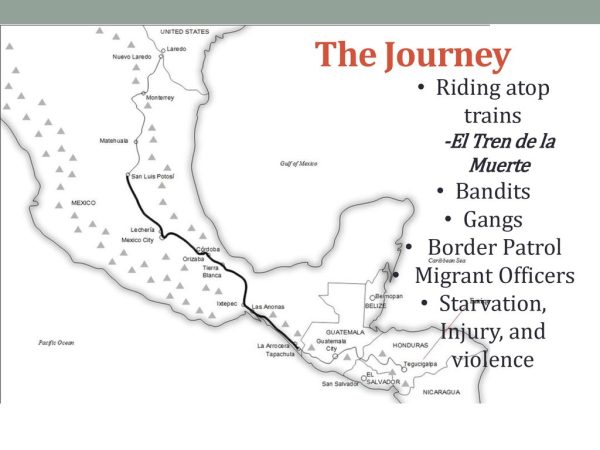
An intriguing part of this book was Sonia Nazario traveled the exact same route as this story. Nazario wrote from her own experience, following the same steps as Enrique when he traveled through Honduras. Nazario encountered El Bus de Lagrimas, The Bus of Tears identical to when Enrique is stopped and forced to ride back to Honduras while trying to migrate over the river between Mexico and Guatemala.
The museum shows what half of the population of migrants go through, which sadly, most are kids traveling on their own. Limas described, “There was a bunch of stuff on the wall until you walk into a section of the museum, and on the left, you’ll see train tracks on the side. If you look at the sign on the top, in Spanish, it reads “The Train of Death”. However, in the museum, there isn’t a replica of the bus, but there is part of The Beast. Limas explains more about the museum, “The way I found out was when I remember my grandma having this little piece and this piece was a – artifact? (me) – yeah like a little artifact if you want to call it that, and it was given to her by her great-great-grandma, she basically handed it down. And it was framed, and in the frame, it says in a little box where it came from. The area where it was from was exactly 2 miles away from where Enrique jumped off from the train of death,” stated Limas. After Limas discovered where the relic came from, he went on an adventure to find more. At the front of the train, a picture shows people waving their hats off on the side of the train looking all happy, and then I go up there and the photo is a sad story and it makes a lot of sense.”
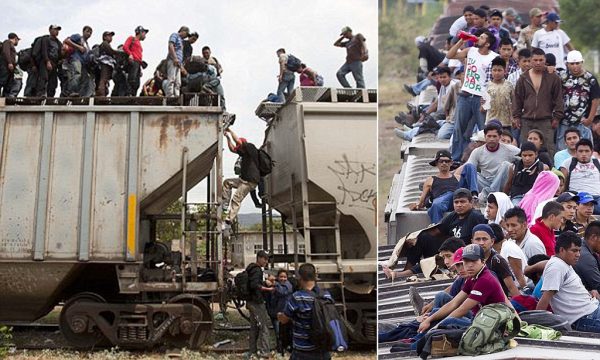
Hispanic culture is also found in the classroom. Deborah Maxwell, Antonio Limas’ former English teacher at Morton West High School selected the novel for her students, deciding the novel would be a great book to teach in her classes. Maxwell expands more on the Bus of Tears, in the novel,” Enrique was caught by the authorities and sent back to Honduras. People are being deported from Mexico – because the river is a border from Guatemala to Mexico – and people are sent back to Guatemala”, stated Maxwell. 86% of the population at Morton West High School are Hispanic, according to Maxwell, and books like these relate to many of the stories students have to tell about themselves or their family members. “I don’t tell my students what to think politically,” said Maxwell, “but the migrant crisis has been politicized by people on both sides of the political spectrum. So, I present this (story) to them and they experience it and my students make up their own minds about where they feel about the migrant issue.” Enrique’s Journey, the book and Enrique’s story, is a one of a kind, that everyone should know about.
The museum has gained popularity and thanks to it, the people of Honduras, or those who visit, get to read and visualize everything Enrique battled through, to find his mother. Through gangs, deaths, tears, and sacrifices, Enrique will always be known for his braveness, representing the millions of migrants who struggle through the same thing up to this day.




